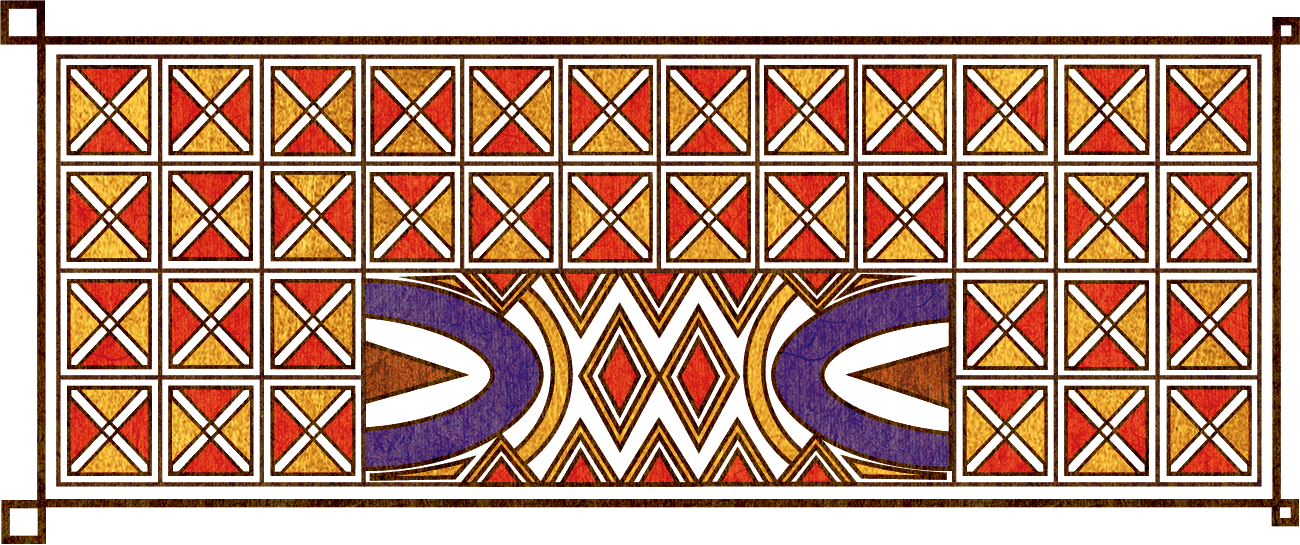FULFULDE LITERATURE
IN THE GULF
In the regions of Adamawa, and the former Sokoto Caliphate
North & east Nigeria/Northern Cameroon
Fulfulde is the general term for the Fulani language and will be used as there are no specific language terms like Pular or Pulaar. In the Adamawa region, which stretches from Western Nigeria to Northern Cameroon, and in the region formerly known as the Sokoto Caliphate, which is Northern Nigeria, Fulfulde was the language of administration, religious instruction, and social life, creating fertile ground for literary development in Fulfulde.
Fulfulde literature in both regions has historically thrived in oral but especially written forms. With the spread of Islam, the Ajami script for Ajami became widely used in both Adamawa and Sokoto with slight differences in their conventions. Scholars composed religious tetxs, letters, chronicles, and didactic poetry in Ajami, perserving local thought while engaging with broader Islamic scholarship. This made Fulfulde a medium of both cultural continuity and intellectual exchange across the Fulani domains.
In the modern era, Fulfulde literature in Adamawa and Sokoto has increasingly incorporated the Latin alphabet, especially after coloniel education systems. However contemporary Fulfulde writers still play with Ajami, especially those involved in Islamic law. Fulfudle literature continues to sustain the cultural heritage of the Fulani, linking centuries-old traditions with modern literary expressions.
مقدمة عن الإسلام في غرب إفريقيا
- نظرة ثقافية عامة على التقاليد المالكية والصوفية في غرب إفريقيا.
اللغات والخطوط
- نظرة عامة على اللغات والخطوط المستخدمة في التقاليد الغربية الإفريقية.
العلماء الكلاسيكيون في غرب إفريقيا
- مجموعة من العلماء قبل الحقبة الاستعمارية، تشمل السير الذاتية والأعمال الكاملة والتحليل النصي.
الكتّاب المعاصرون في غرب إفريقيا
- مجموعة من الكتّاب بعد الحقبة الاستعمارية، تشمل السير الذاتية.
الأنواع والنصوص
- مجموعة من الأنواع الأدبية والنصوص من غرب إفريقيا، مع التحليل والنصوص الكاملة المرفقة.





